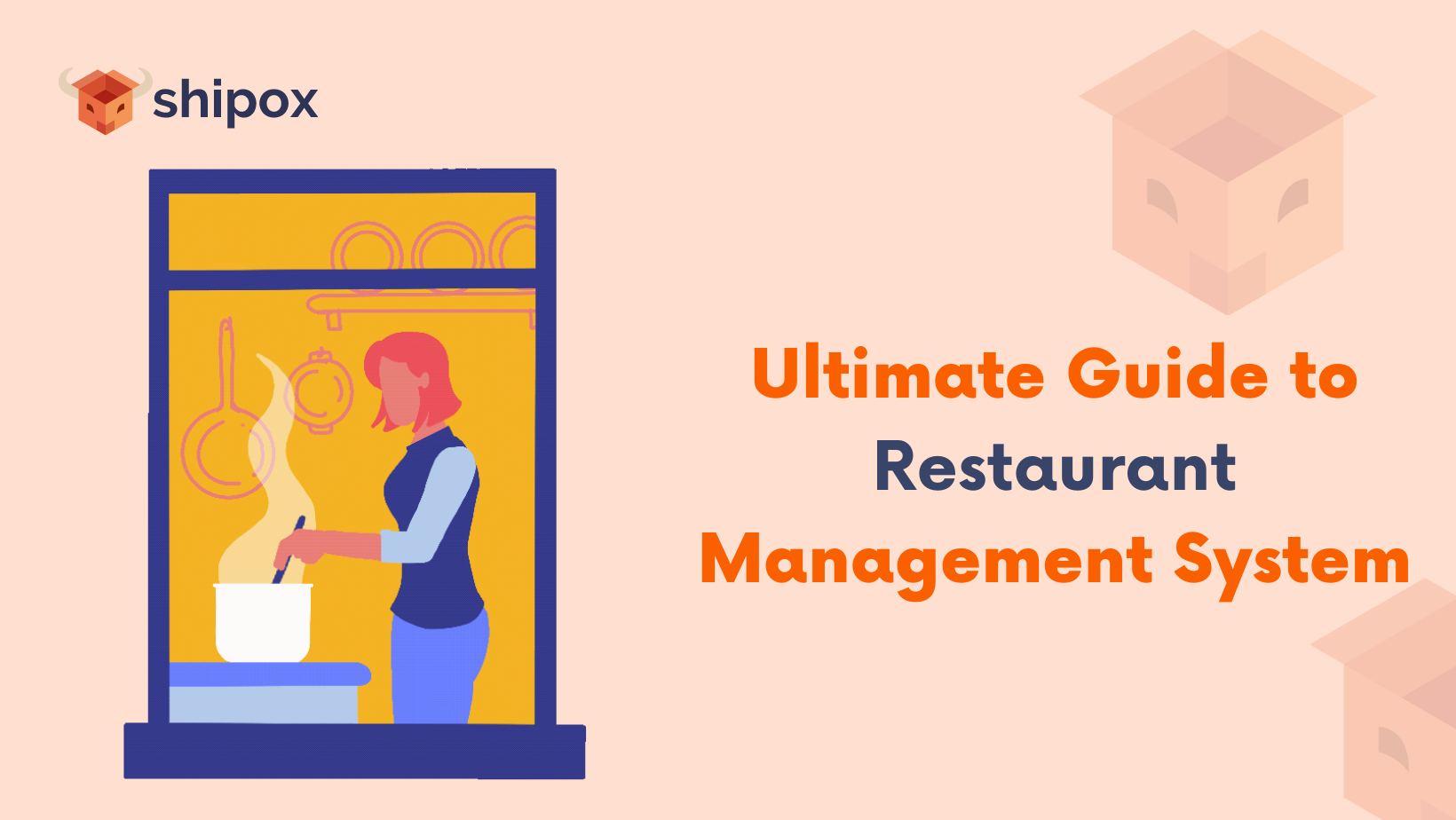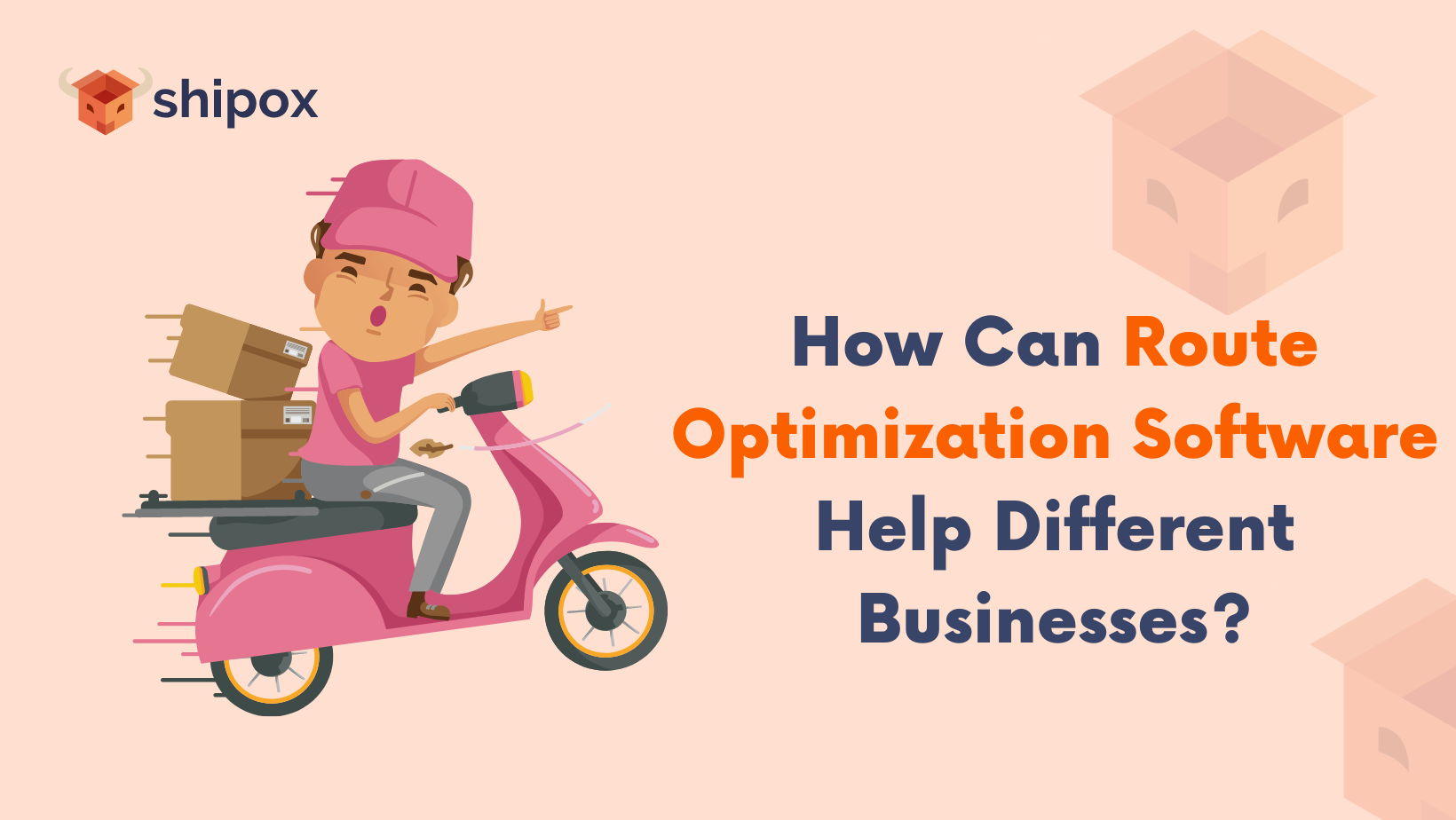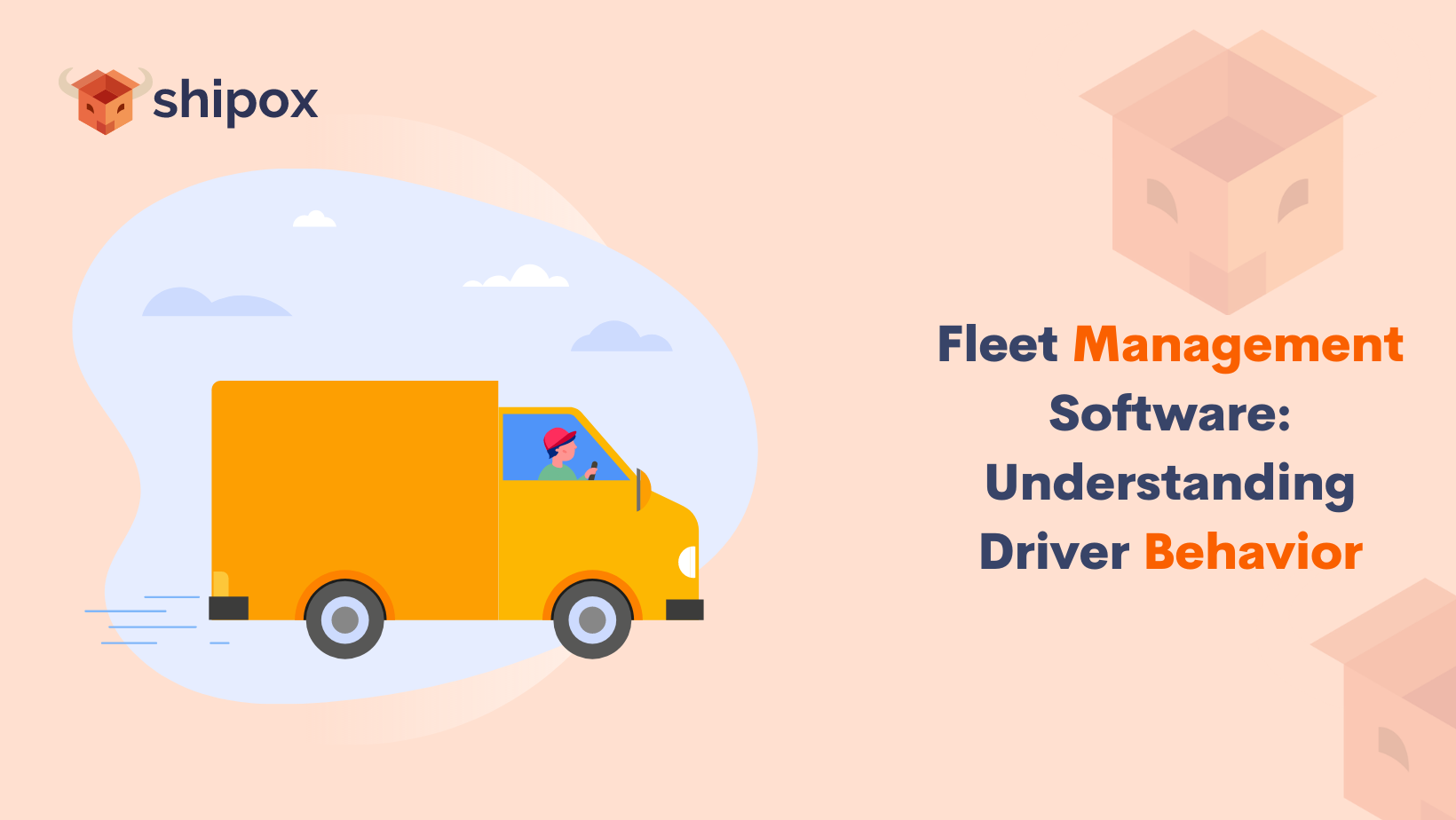As customers are getting used to faster and same-day deliveries, businesses are constantly striving to up their delivery management game. The increased customer expectations have brought around businesses into investing and thoroughly planning delivery measures that will gain and retain a larger customer base. More so after the pandemic, people are relying on online purchase methods rather than conventional in-store shopping. With such a hike in the e-commerce industry, delivery management is one of the primary issues that need rigorous attention and technological support.
Many savvy businesses have accepted the need for proper delivery management systems and have adopted those to handle deliveries more efficiently, not only for the customer’s sake but for their personal profitabilities also. Delivery management systems are software designed to automate delivery-related operations and make workflow more productive and profitable for businesses. A key feature that any solid delivery management system must offer is route optimization.
What Is Route Optimization?
Just as the name suggests, route optimization is a system feature or software in itself that optimizes route plans for deliveries. In other words, a route optimization feature devices the most time and cost saving routes for deliveries. The algorithms are designed in a way that it provides route plans that are quickest and cheapest, enabling businesses to excel at delivery services, consequently raising customer satisfaction.
The importance of route optimization for delivery-based businesses is extreme and there are many ways through which a route optimization feature can boost your business’s profitability.
Quicker Deliveries
The core reason for adopting route optimization software is that it helps accelerate the deliveries process by multiple folds. It provides the quickest yet most economical routes and allies delivery personnel to make greater amounts of deliveries. Due to its optimization features, it provides the shortest routes which proportionally saves in terms of fuel costs for businesses. With increased numbers of deliveries in a day and minimal fuel costs, businesses are bound to save expenses and increase profits.
Transparency and Tracking
Route optimization allows better control of in-field operations. Through route optimization, business managers can monitor and track delivery fleets, drivers, etc. and manage practical operations more smoothly. The constant connectivity between off and on-field teams allows smooth workflow and less margin of error or fraud.
Reduced Lead Times
Customers are more inclined towards businesses that offer a shorter lead time for deliveries. For instance, grocery items are those that might be available at multiple stores, however, the customer might need those at different times and delivery lead time can actually influence a customer’s purchase decision. Through route optimization, businesses can marginalize lead times to a minimum and provide customers with better service hence boosting profitability with a chance to serve more customers through quick delivery services.
Boost Customer Satisfaction
With quicker deliveries through route optimization, we have already established that customers are bound to be more satisfied. Upon placing an order, the next thing customers wish for is receiving their parcels as soon as possible and route optimization makes that more possible than ever. More satisfied customers mean more profits for the business.
Decreased Milage
Since delivery fleets are taking the shortest possible routers through route optimization, the milage on vehicles is consequently lower. Also, vehicles require maintenance less often, and lower mileage is another edge for mitigating business expenses.
Reduced Carbon Footprint
While this one is not necessarily for business profitability, route optimization has a positive impact on the environment as well. With vehicles taking shorter routes the fuel burn is lesser making it a variable option for environmental health.
One Feature Multiple Advantages
Route optimization is one of the most integral of the many key features of delivery management. Businesses can boost profitability to a great extent by investing in a single feature. From shorter routes, lower fuel costs, quicker deliveries, to increased customer satisfaction, route optimization provides every reason to adopt it for your business.





